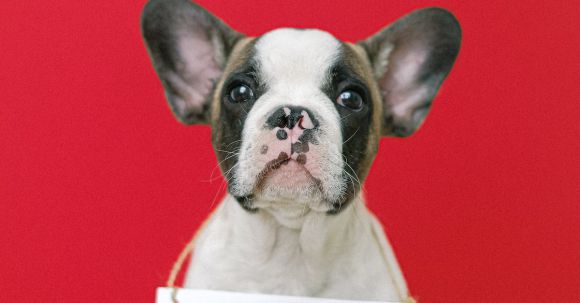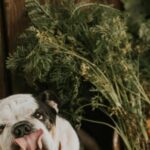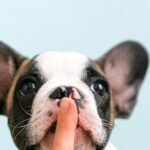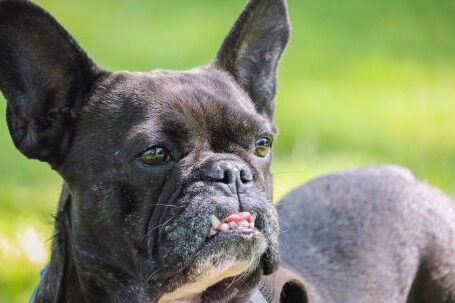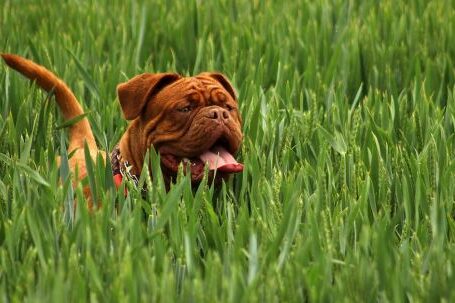The English Bulldog is a popular breed known for its distinctive appearance and gentle temperament. To ensure the preservation of the breed’s unique characteristics, various kennel clubs have established breed standards. These standards serve as guidelines for breeders and judges to evaluate Bulldogs in conformation shows. In this article, we will delve into the details of English Bulldog breed standards, shedding light on what makes a Bulldog conform to the desired traits.
Overall Appearance
When assessing an English Bulldog’s overall appearance, several key factors come into play. The breed standard emphasizes a sturdy and compact build, with a low center of gravity. Bulldogs should have a thickset, muscular body, with a broad chest and well-rounded ribs. Their head is one of their most defining features, characterized by a pronounced stop, wide skull, and a strong, square jaw. The Bulldog’s face should have a characteristic wrinkled and pushed-in appearance, with a distinctively undershot bite.
Coat and Color
The English Bulldog’s coat is short, straight, and smooth, with a dense texture. According to breed standards, the acceptable coat colors include various shades of brindle, fawn, and white. While some Bulldogs may exhibit patches of other colors, excessive white is considered undesirable. The coat should be glossy and of good quality, enhancing the overall appeal of the breed.
Expression and Temperament
The breed standard places a significant emphasis on the Bulldog’s expression and temperament. Bulldogs should have a resolute and intelligent expression, reflecting their bold and courageous nature. They should exude confidence and possess a friendly, docile, and amiable temperament. Aggressiveness or excessive shyness is considered undesirable and should be penalized in the show ring.
Head and Skull
The Bulldog’s head is a prominent feature that sets it apart from other breeds. The breed standard describes a large and high skull, with a distinct furrow between the eyes. The forehead should be flat, and the cheeks should be well-rounded and muscular. The characteristic wrinkles on the Bulldog’s face should be deep and clearly defined. The breed standard also highlights the importance of the Bulldog’s distinctive undershot bite, where the lower jaw extends beyond the upper jaw.
Eyes and Ears
The eyes of an English Bulldog should be set low and wide apart, with a round and dark appearance. They should be situated at the front of the head, and any signs of bulging or protrusion should be penalized. The breed standard also emphasizes that the Bulldog’s ears should be set high, but not too close together. They should be small, thin, and set wide apart on the skull, ideally folding backward.
Body and Movement
The Bulldog’s body should be well-balanced, exhibiting a smooth and flowing outline. The breed standard describes a short and strong neck, which is slightly arched and well-muscled. Bulldogs should have a deep, broad chest, with well-sprung ribs and a short, level back. The hindquarters should be strong and muscular, allowing for powerful movement. Bulldogs should move with a characteristic rolling gait, displaying good reach and drive.
In Conclusion
Understanding English Bulldog breed standards is essential for breeders, judges, and enthusiasts alike. These standards serve as a benchmark for evaluating Bulldogs based on their appearance, temperament, and overall conformation. By adhering to these guidelines, breeders can contribute to the preservation and improvement of the breed, ensuring that future generations of English Bulldogs exemplify the desired traits. So, whether you’re a breeder or simply an admirer of the breed, knowledge of the breed standards will deepen your appreciation for the unique and lovable English Bulldog.
